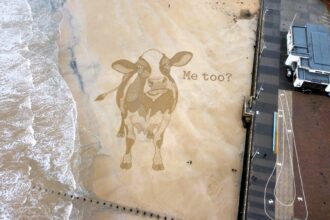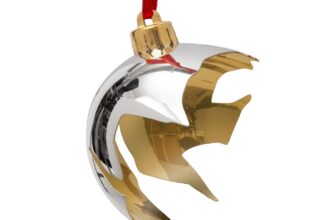The Tudors were avid recyclers and repurposed their clothes, according to historians.
Researchers at The University of Exeter found evidence of a huge recycling network.
It is thought this occurred during the 16th-century under the Tudor monarch (1485 to 1603).
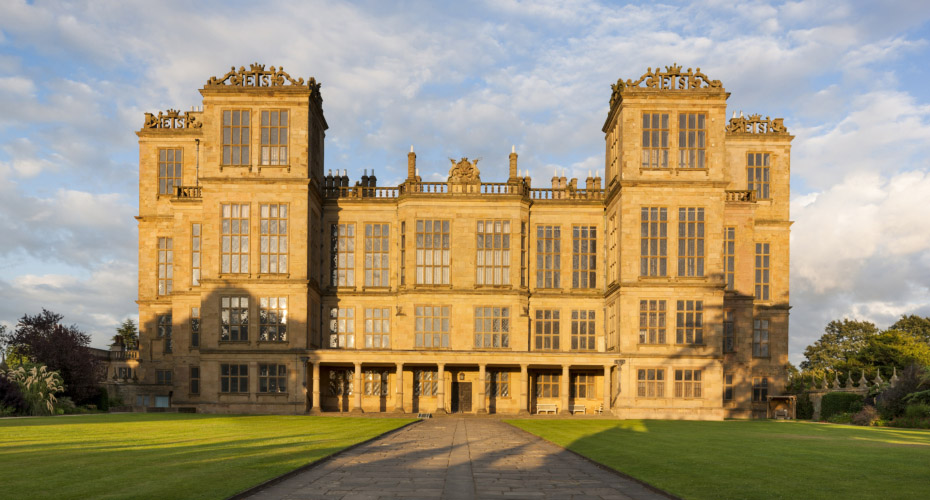
Rich fabrics and fine embroidery were seized from hundreds of churches.
- Advertisement -
These churches were closed by Henry VIII during the English Reformation – when the Church of England was forced by its monarchs to break from the authority of the Pope and the Catholic Church.
The fabrics were saved and repurposed via a recycling network.
The network included government officials, merchants, craftspeople and extended families.
Medieval church vestments – made of luxury Italian-imported fabrics – made their way into the homes and living spaces of Tudor society.
When the Court of Augmentations began to dissolve monasteries and chantry chapels, the Crown took most of their treasures.
- Advertisement -
They even kept a look-out for fine fabrics which they might like to keep for themselves.
The ‘Textile Transmissions’ project is being conducted by the National Trust and the University of Exeter.
It focuses on a collection of fabrics held at Hardwick Hall in Derbyshire, that belonged to Elizabeth Talbot, Countess of Shrewsbury (1527–1608) – who was also known as “Bess of Hardwick”.
- Advertisement -
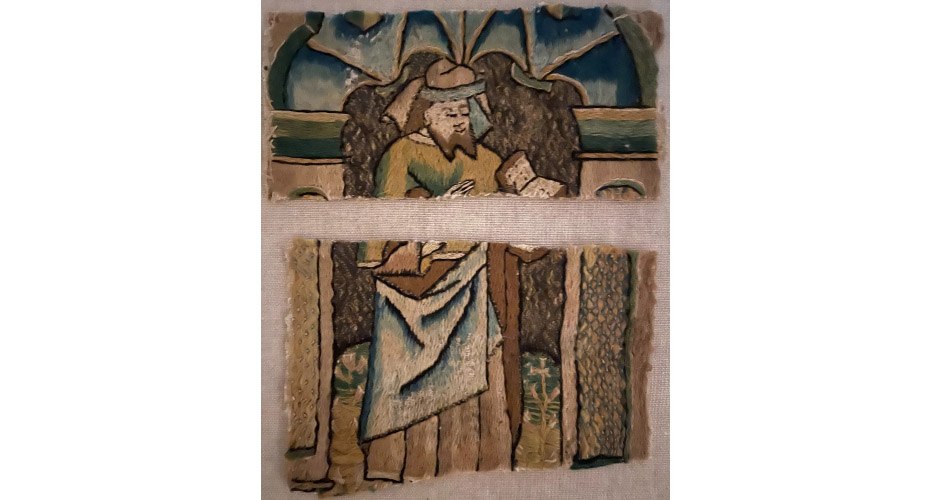
Bess died as one of the wealthiest women in England after several marriages.
She was also famed for her interior decoration of her mansion houses Chatsworth and Hardwick.
These were full of lavish carpets, tapestries and embroideries.
Whilst these were used as a status symbol, researchers say the reality is more “nuanced”.
Historians believe the remarkable interiors were from second-hand materials – continuing a tradition of recycling and up-cycling which was age-old.
James Clark, the lead researcher on the project said: “What can be seen so vividly at Hardwick was part of an impulse to recover, conserve and recycle that was shared in Tudor households countrywide.
“Across the country, there was an excited scramble for bargains and cultural souvenirs put up for sale as part of the dismantling, dispersal and destruction of the interior decorations of hundreds of churches.
“Textiles were among the most popular and sought-after of all of these treasures, in part because of the quality of England’s church vestments – a combination of rare Italian fabrics and insular embroidery skill – but also because such fine, well-crafted pieces clearly had so many years’ use left in them.”
He added: “The project has revealed a dynamic market and a diverse purchasing public.
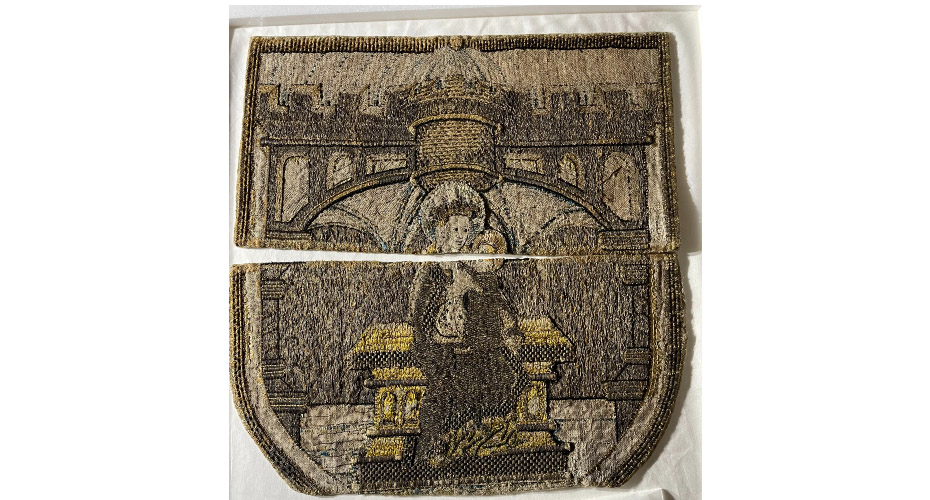
“Not surprisingly, mercers – general cloth merchants – and drapers crowd the records of prospective buyers who arrived at the monastery gatehouse.
“Yet they were joined by a wide variety of private buyers who were not looking for a stockpile but wanted only one suit of vestments or set of altar hangings to furnish a single bedchamber.
“From a broader historical perspective, these findings also reveal the Tudors in a new light.
“While they displayed great ambition and enthusiasm for new fashions and styles in their clothing and their Italianate mansion houses, they also valued the craftsmanship of the past and, clearly, hated to see costly materials and quality craft be wasted.
“It was not so much a case of ‘make do and mend’ as ‘conserve and create, again’.”
READ MORE: Boffins find signs of earliest life on Earth in remote lagoons









